Spotlight: 10 Questions for Latin America and the Caribbean

As we approach one year since the first COVID-19 case in Latin America and the Caribbean, we look ahead at what might or might not be on the horizon for the region over the next year.
Join us as we look at some of the key questions that may shape the region, then take our informal poll and see how your opinions shape up against our analysis.
Will the region see mass vaccinations? How will regional economies fare? What might be on the agenda for the US relationship with Brazil and Mexico? US President Joe Biden’s administration has entered office with a full inbox: how will developing trends in the region affect the new administration’s agenda?
Here are the eleven questions that the Adrienne Arsht Latin America Center is answering to map the rest of the year.
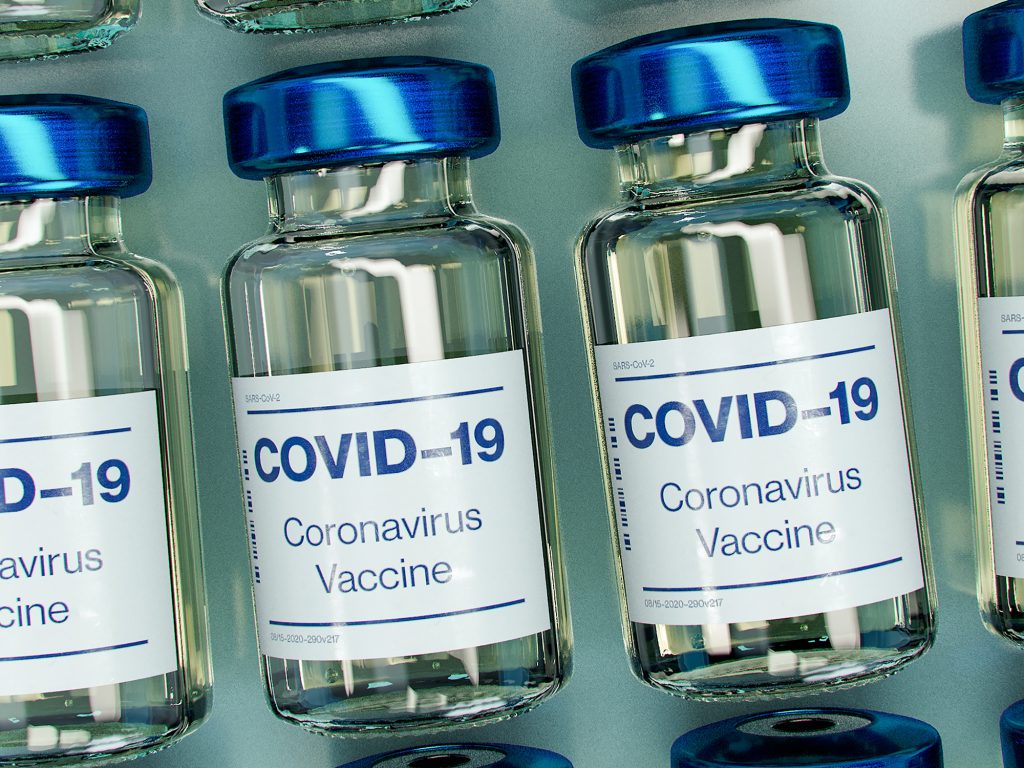
Question #1: COVID – Will Latin America and the Caribbean achieve widespread vaccination in 2021?
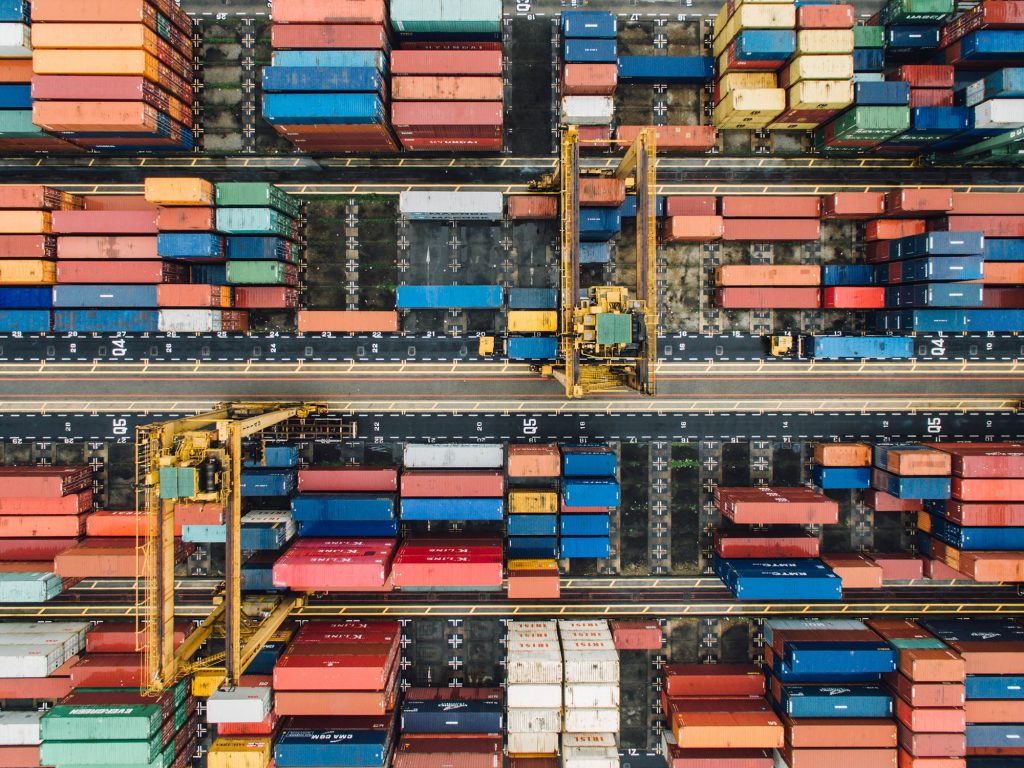
Question #2: Economy – Will regional economies outpace growth forecasts in 2021?
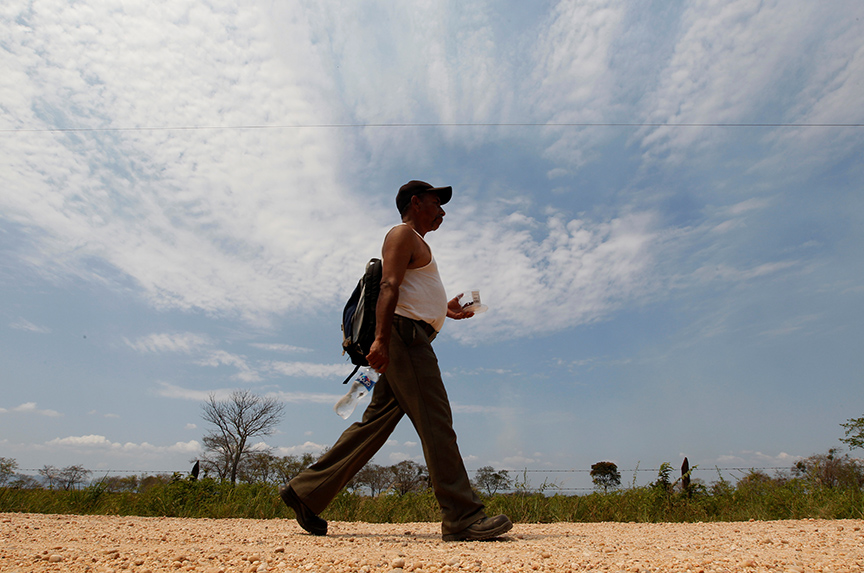
Question #3: Central America – Given the extent of damage from the 2020 hurricanes in Central America, will the region see more climate migrants?
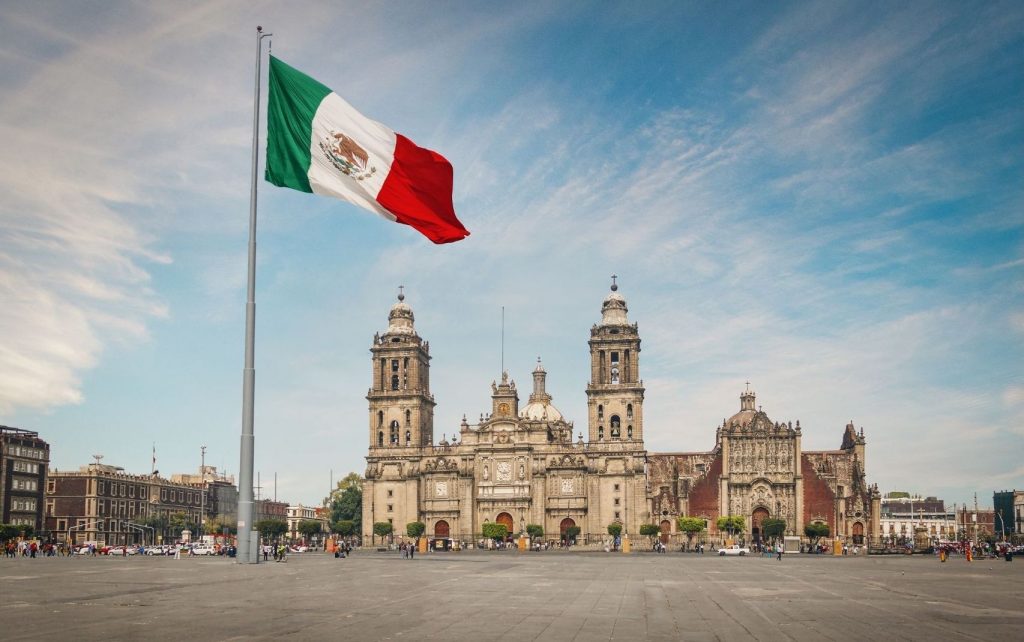
Question #4: Mexico – Will joint security challenges top the list of priorities in the US-Mexico relationship under Biden?
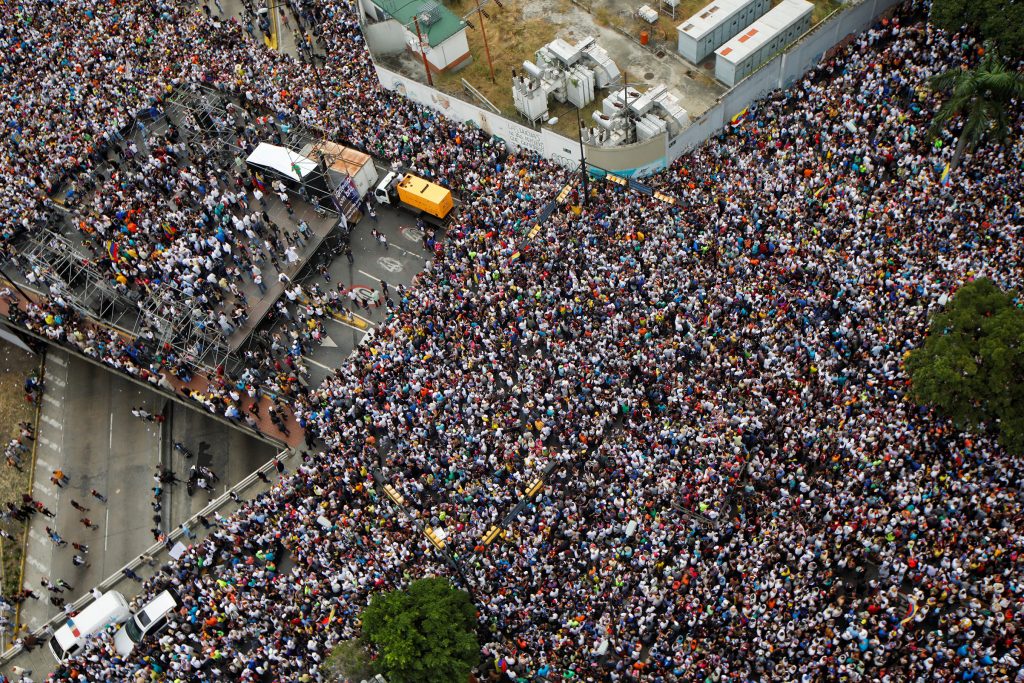
Question #5: Stability – Latin America has faced sporadic, but massive, waves of protests and national strikes prior to and during the pandemic. Will 2021 be a year of even greater social unrest?
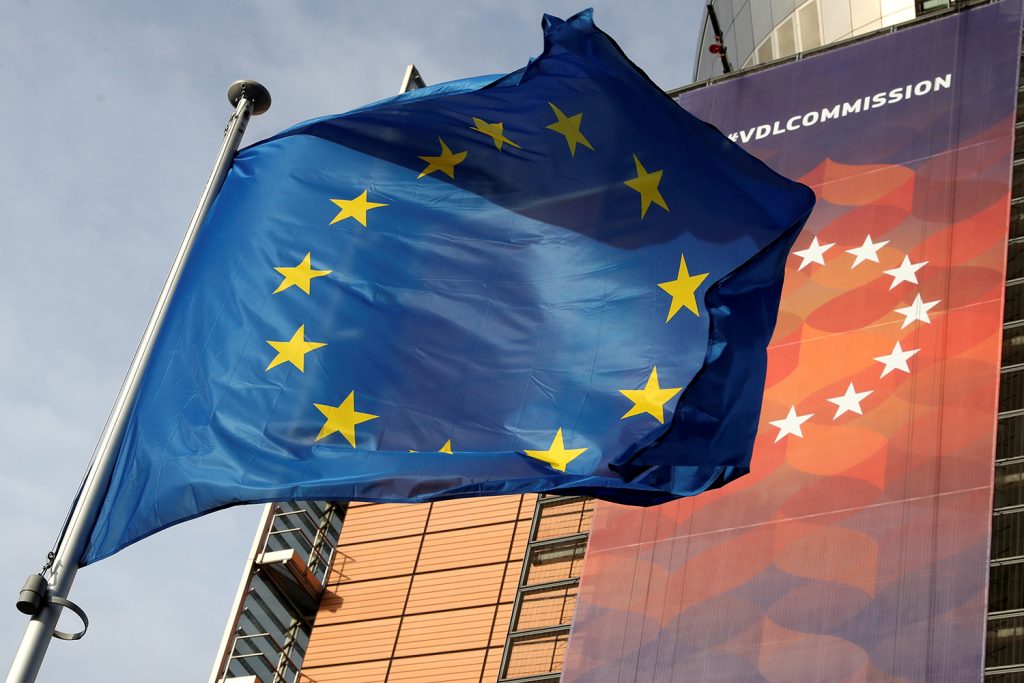
Question #6: Venezuela-EU – Will the European Union (EU) resume conversations with Nicolás Maduro’s regime to monitor Venezuela’s regional elections in 2021?
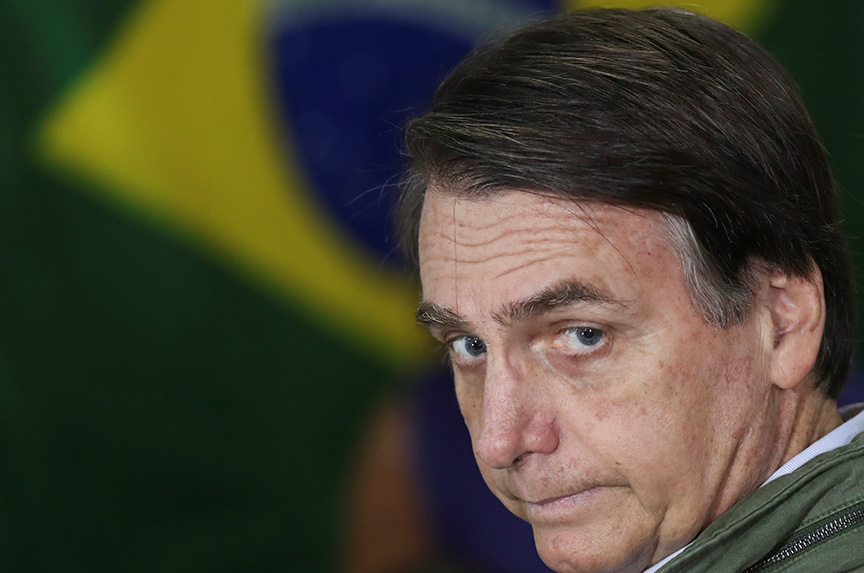
Chapter #7: Brazil – Will the Biden administration and that of Brazilian President Jair Bolsonaro find ways to cooperate on a climate agenda?
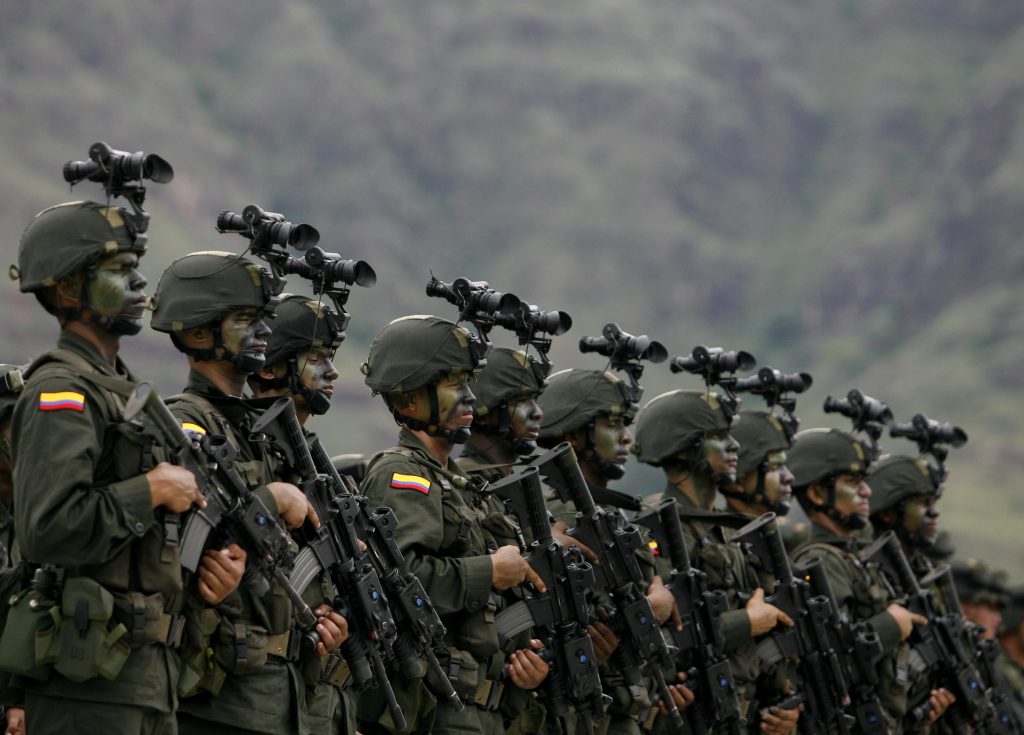
Question #8: Colombia – Will the United States and Colombia reform the underlying premises of their anti-narcotics policies?
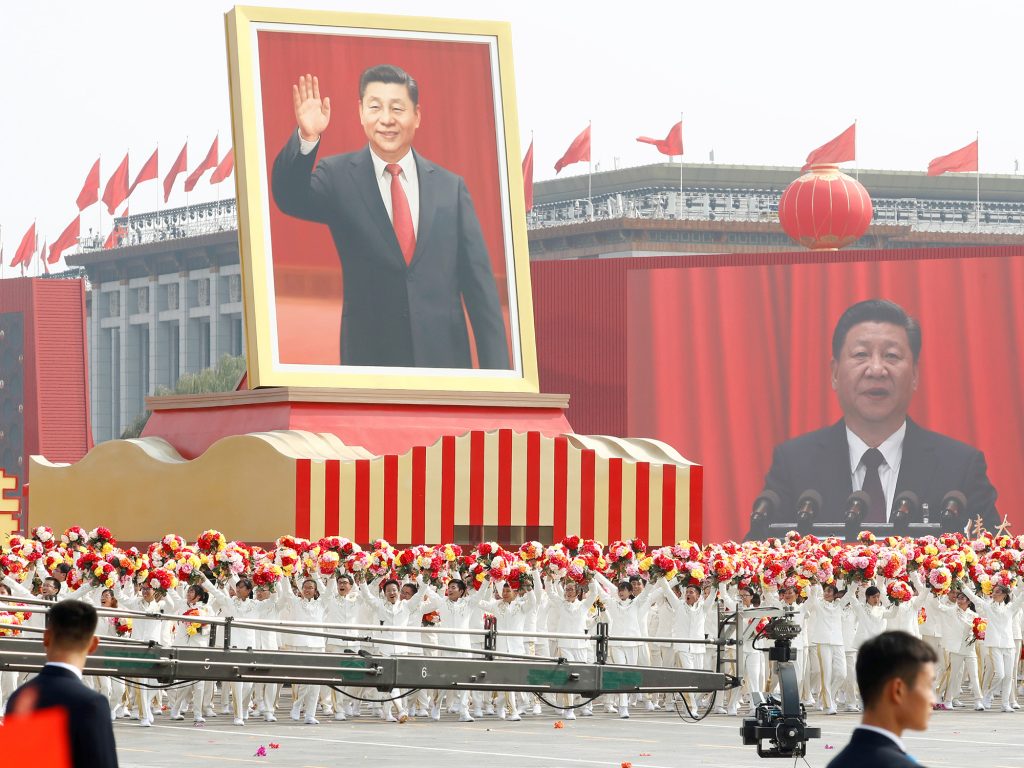
Question #9: China and the Caribbean – Will the five Caribbean nations and two Central American countries that still recognize Taiwan shift to recognizing the People’s Republic of China (PRC)?
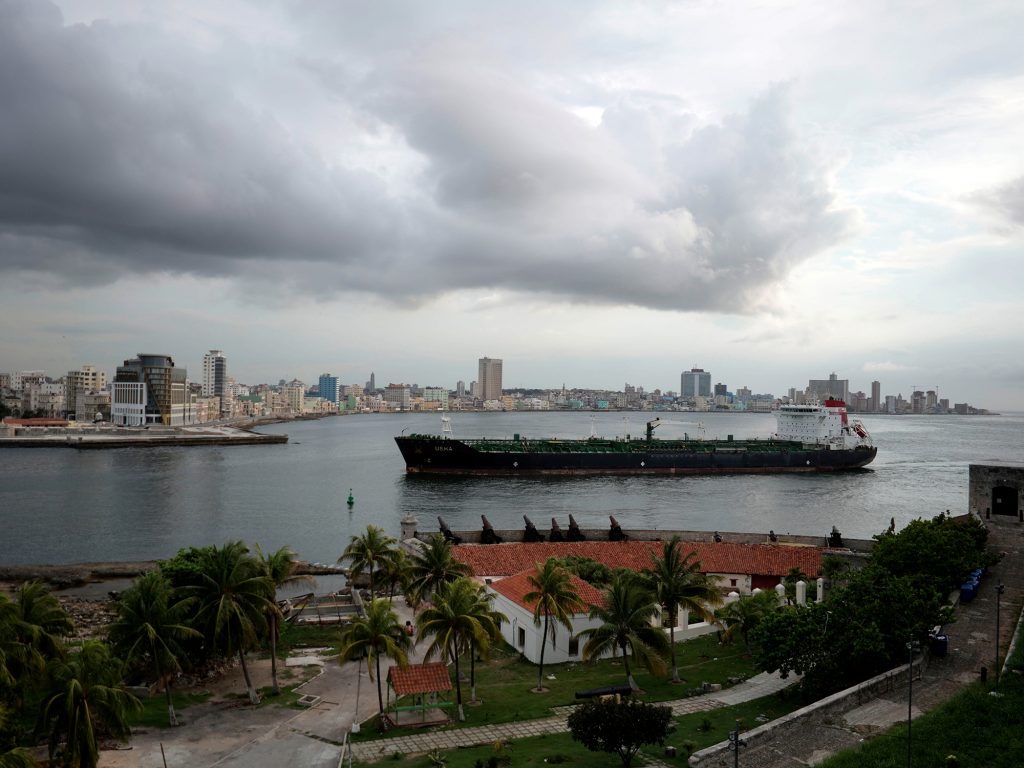
Question #10: Caribbean – Will the Caribbean Community and Common Market (CARICOM) achieve its goal of a Caribbean Single Market and Economy (CSME) in 2021?
BONUS QUESTION: In the 2016 Summer Olympics in Rio de Janeiro, Brazil (#13), Jamaica (#22), and Cuba (#23) were the only Latin American and Caribbean countries to finish in the top twenty-five in the medal count. Assuming the Olympics are held, will more countries from the region finish in the top twenty-five this summer?
OUR ANSWER TO QUESTION #1: NO
The first case of COVID-19 in Latin America and the Caribbean was reported in Brazil on February 26, 2020. Since then, the region has reported nearly 17.5 million cases and more than 550,000 COVID-19-related deaths, accounting for one third of global deaths. Countries have actively worked to secure vaccines through bilateral and multilateral arrangements, including agreements with Pfizer, Moderna, AstraZeneca, Russia’s Sputnik V, and China’s CoronaVac. Nevertheless, widespread vaccination requires not only adequate planning for vaccine acquisition, but efficient and equitable distribution. Recent incidents in Germany and the United States show that even more resourceful countries are experiencing hiccups in massive vaccine rollouts, such as logistical challenges (especially the required temperature-controlled supply chain), personnel shortages, and vaccine hesitancy. Latin American and Caribbean nations may face these hurdles at a greater scale, due to resource and capacity constraints.
As of January 19, 2021, eleven Latin American and Caribbean countries have authorized emergency use of COVID-19 vaccines: Argentina, Brazil, Bolivia, Chile, Colombia, Costa Rica, Ecuador, El Salvador, Mexico, Panama, and Venezuela. On December 24, 2020, Mexico, Chile, and Costa Rica became the first countries in Latin America to begin mass vaccination. Despite moving quicker than most others in the region, Mexico aims to inoculate only 75 percent of its population by March 2022. For most countries in Latin America and the Caribbean, definitive delivery and mass vaccination timeframes remain unclear, and could be delayed over time.
Some low-income countries in the region may be able to vaccinate, at most, 20 percent of their populations in 2021, a figure considerably lower than the 65-percent theoretical threshold for herd immunity. Of added concern, the COVAX initiative—a key global initiative launched to secure vaccine doses for poor countries—currently faces a $4.9-billion funding gap. This could potentially complicate the initiative’s goal of helping inoculate 20 percent of each low-income country’s population against COVID-19 by the end of 2021. With stark disparities in vaccine access across and within countries, widespread vaccination is a distant prospect for Latin America and the Caribbean in 2021.
OUR ANSWER TO QUESTION #2: YES
In July 2020, a month after Latin America and the Caribbean became the global epicenter of the coronavirus pandemic, Alicia Bárcena, head of the United Nations Economic Commission for Latin America and the Caribbean (ECLAC), cautioned that the region should brace for a “lost decade.” By the end of 2020, the economic contraction in Latin America reached 7.7 percent—its steepest contraction ever, albeit 1.4 percent less than ECLAC’s earlier forecast. Can the region rebound in 2021 and exceed current growth forecasts?
After experiencing its worst economic crisis ever in 2020, the regional economy is expected to grow 3.7 percent in 2021. But, it’s also possible that the region can outpace this forecast, if it can manage a strategic balancing of expanded fiscal support for social-protection programs and small businesses, investment in job-generating productive sectors, and structural reforms to tackle long-standing challenges in the rule of law, equality, productivity, and climate. To accelerate economic reactivation, the region must leverage international investment and cooperation from global institutions such as the World Bank and the International Monetary Fund (IMF), as well as from regional organizations such as the Inter-American Development Bank. The private sector, at the national and international levels, must also play a central role in revamping growth, but will require strong incentives from local governments and risk-mitigated business climates.
Eyes will be on Brazil, Mexico, and Argentina (the region’s three largest economies) as well as Peru, which has had one of the best developing-world growth rates in the past decade, to recover from their 2020 economic downturns. In comparison to these four countries, Chile and Colombia suffered less devastating declines and could be positioned for stable growth over the year, but the migration crisis in Venezuela will continue to pose a heavy burden on neighboring countries’ already-strained public resources.
OUR ANSWER TO QUESTION #3: YES
This year will almost certainly see a surge in Central American migrants and refugees trekking north to the US southern border, due to a unique confluence of the devastation caused by Hurricanes Eta and Iota, as well as the myriad effects of the coronavirus pandemic and other long-standing migration pressures. Days before Biden’s inauguration, a caravan of more than nine thousand Hondurans created international headlines. The caravan was fueled, in part, by the promise of a revamped immigration policy in the United States.
The back-to-back hurricanes—which made landfall in Central America less than two weeks apart—wreaked havoc across Nicaragua and the Northern Triangle (Guatemala, Honduras, and El Salvador), affecting more than five million people and forcing at least 350,000 Hondurans and Guatemalans into emergency shelters. With hundreds of thousands of Central Americans internally displaced, shelters lacking basic services and sanitation quickly became new ground for rapid coronavirus infection. The destruction to essential infrastructure—such as bridges, roads, buildings—and entire communities was a heavy blow to a region that saw a 6.5-percent economic decline in 2020.
Food insecurity in Nicaragua, Guatemala, and Honduras is expected to rise significantly, due to the destruction of large swaths of agricultural lands, livestock, and infrastructure. In a region with long-standing pre-pandemic challenges around rule of law, insecurity, and economic opportunity, the most likely outcome from these push forces is a novel wave of “new” climate refugees seeking better livelihoods in the United States.
In 1998, Hurricane Mitch, the second-deadliest Atlantic hurricane, caused a massive surge in Central American migration to the United States. If history is any indication of the future, Hurricanes Eta and Iota—Category 4 and 5, respectively—can trigger a similar scenario in 2021.
OUR ANSWER TO QUESTION #4: NO
Security cooperation will be an important, though complicated, part of the US-Mexico relationship. In the days leading up to Biden’s inauguration, Mexican President Andrés Manuel López Obrador’s (AMLO) administration decided to stop investigations into former Mexican Secretary of National Defense General Salvador Cienfuegos—who was arrested in Los Angeles at the end of last year, and then sent for prosecution to Mexico. AMLO then released more than seven hundred pages of confidential evidence and intelligence, prompting an unusual rebuke by the US Department of Justice. The General Cienfuegos saga is just the latest example of a strained US-Mexico security relationship.
The Mexican Congress passed a new law in December 2020 that limits and deters the work of foreign enforcement agents in Mexico. Under the law, all communications—at all levels—with foreign enforcement agents will need to be reported, meetings with foreign agents must be approved in advance, and senior federal officials will need to be present at said meetings. Failure to do any of the above may result in expulsion of foreign agents. The law has prompted serious concerns that international cooperation with Mexico on the security front will be henceforth paralyzed. Most of the intelligence on criminal groups and illicit activities comes the United States.
AMLO has sought to double down on addressing the root socioeconomic causes of crime, and has moved away from the drug-kingpin strategy of past administrations. These actions also reflect a desire to move away from a “war” with cartels and other powerful criminal organizations in Mexico. But, security cooperation goes beyond reduction of homicides and combating drug trafficking—a stable security climate is a requisite for business and commerce to thrive. The Biden administration will have to navigate this complex scenario in Mexico.
OUR ANSWER TO QUESTION #5: YES
Protests in Bolivia, Chile, Colombia, Ecuador, Peru, and Haiti that began in 2019 were expected to continue into 2020, but extended lockdowns to control the spread of the pandemic led to the suspension of protests in the first half of 2020. Despite the lockdowns and the inherent risk of public gatherings, citizens gathered in large numbers last fall in Argentina, Chile, Colombia, Costa Rica, Guatemala, and Peru for reasons ranging from a rejection of government austerity plans to calls for racial equality, better social and economic protections, increased transparency, and free elections.
As vaccines become available and social activities resume, protests will most likely resume in 2021 as citizens will air new grievances. The pandemic has increased inequality in the region, pushing an additional forty-five million people below the poverty line. As governments struggle to fund social-protection programs, discontent with ruling governments will rise. Costa Rica will likely see protests as President Carlos Alvarado Quesada’s administration resumes negotiations with the IMF to secure a much-needed loan. In 2020, the Costa Rican government quickly retracted proposed tax measures after protestors blocked major roads. Colombia may also continue to see protests as long as marginalized groups, including Colombia’s indigenous and Afro-Caribbean groups, feel the government has failed to address their demands.
Finally, as Nicaragua heads toward an election in November in which the opposition will be unable to run, protestors against Nicaraguan President Daniel Ortega’s regime should be expected to return to the streets. Protests may also gain momentum in Chile, Ecuador, Honduras, and Peru, as they also head toward elections.
OUR ANSWER TO QUESTION #6: YES
The EU will continue to promote a democratic transition in Venezuela. In September 2020, a European mission was sent to Venezuela in a failed attempt to promote minimum democratic conditions ahead of legislative elections. High Representative of the EU for Foreign Affairs and Security Policy Josep Borrell, who announced the EU’s rejection of Venezuelan election results, asked Maduro to “chart a path towards national reconciliation.” Borrell also reiterated the EU’s commitment to supporting Venezuela’s transition to democracy.
In 2021, municipal and regional elections are set to occur according to the Venezuelan Constitution. This will open a new opportunity for the EU and a multilateral coalition to continue engaging in close dialogue with the Maduro regime, the opposition, academia, non-governmental organizations, and other civil organizations to seek to promote conditions that allow for the participation of all political parties in a competitive electoral process. However, conversations aside, the Maduro regime is unlikely to see any upside in allowing elections that are transparent or fair.
OUR ANSWER TO QUESTION #7: MAYBE
In past years, the synergy between the United States and Brazil has led to the signing of the Alcântara Technological Safeguards Agreement, advancing scientific and technological cooperation; support from the United States for Brazil to join the Organisation for Economic Co-operation and Development (OECD); and, at the end of 2020, the signing of a protocol to facilitate trade and investment between the two largest economies in the Western Hemisphere. Despite some diverging views at the presidential level, stronger bilateral relations between Brazil and the United States are mutually beneficial, and opportunities could still exist for advancing on a common agenda.
Brazil has been criticized for recurrent fires in the Amazon rainforest and Pantanal wetlands, environmental disasters such as the Brumadinho dam collapse, and high levels of deforestation, heightening pressures on the Brazilian government to take action to protect its environment.
For Bolsonaro, the economy and structural reforms are top priorities. The government has pursued trade agreements with the EU, South Korea, and Canada, as well as the United States. However, with increasing pressure from the EU, and now the United States, failing to advocate for strong democratic principles and a concrete plan for sustainable development can isolate Brazil in the global arena, undermining possibilities for cooperation with the United States and other countries. To advance on the trade and investment fronts, which are priorities for the Bolsonaro administration, Brazil will need to double down on its efforts to reconstruct its image and role abroad, particularly regarding the climate agenda.
OUR ANSWER TO QUESTION #8: YES
In December 2020, the Congressional Western Hemisphere Drug Policy Commission (WHDPC) unveiled a bipartisan report recommending that the United States rethink many of its historical anti-narcotics policies. The report found that while Colombia has made remarkable progress in strengthening state authority in marginalized areas, the United States’ $11.6-billion Plan Colombia was unsuccessful in meaningfully curbing coca cultivation. Despite having significantly increased manual eradication efforts in Colombia, coca cultivation and cocaine production remain high; it is unlikely the current strategy will allow the United States and Colombia to reach their joint objective of decreasing coca cultivation and cocaine production to half of 2017 levels. As discussed in the report “The Untapped Potential of the US-Colombia Partnership,’’ the United States and Colombia must take measures to reduce coca cultivation and also target other stages of the drug market, including cocaine production, trafficking, and consumption.
Entering office with a profound understanding of the Americas and a track record of advancing policies fundamental to the region’s prosperity, Biden will prioritize strengthening the United States’ ties to the region—particularly the US-Colombia partnership, which he has referred to as the keystone of US foreign policy in the region. In light of the WHDPC report, the new administration has new thinking on how to reorient the US counter-narcotics policy in Colombia away from mass eradication and toward a more holistic approach, placing renewed emphasis on providing physical and economic security to rural Colombians and demobilized rebels. There is also new momentum for the United States to develop a whole-of-government strategy to counter transnational criminal organizations (TCOs) and the international drug trade, per the report’s recommendations.
OUR ANSWER TO QUESTION #9: NO
It is unlikely that all five Caribbean countries that currently recognize Taiwan—Belize, Haiti, St. Kitts and Nevis, St. Lucia, and St. Vincent and the Grenadines—will instead recognize the PRC in 2021. However, the Dominican Republic’s switch to establish diplomatic ties with the PRC in 2018 puts significant pressure on Haiti, with whom it shares the island of Hispaniola. In its overtures to Haiti, the PRC recognizes the country’s extreme poverty and holds out a promise of building the kind of capacity that allowed China to lift 850 million of its citizens out of extreme poverty, but only if Haiti recognizes the “One-China” policy. The other Caribbean countries have long, and sometimes ethno-cultural, histories with Taiwan, which has been a loyal and generous partner. Nevertheless, the geopolitics playing out between Washington and Beijing will put pressure on these small island nations to choose—not necessarily in their own developmental interests, but in the interest of alignment with one great power.
For Guatemala, Honduras, and Nicaragua—the three Central American countries that still recognize Taiwan—pressing domestic issues around the pandemic, natural disasters, citizen and food insecurity, and the economic downturn will prevail over the diplomatic issue of recognition. In addition, the new administration in the United States will move away from a bilateral and mostly stick approach to the isthmus, and toward a more regional and balanced carrot-and-stick approach, in which the question of China can be a powerful bargaining chip. A ramping up of conditionality on foreign aid and support to the region from the United States can be highly persuasive, and can discourage Central American leaders from switching sides.
Caribbean and Central American recognition of China versus Taiwan also hinges on the intensity of Chinese outreach efforts. This, in turn, is often dictated by the state of play in cross-strait relations between China and Taiwan. Since 2016, Taiwan under Tsai Ing-wen’s leadership—in alignment with former US President Donald Trump’s administration—has shifted to a more explicitly competitive stance vis-à-vis Beijing. As cross-strait relations soured, both sides became more aggressive in maintaining or courting new diplomatic allies (e.g., the Dominican Republic, El Salvador, and Panama). In this context, China will likely continue its soft-power diplomacy in the region. The PRC’s staunch verbal support for multilateralism also has the potential to tilt more Caribbean countries toward its orbit. However, much of this could change in the next four years, contingent upon new dynamics in the US-China-Taiwan triangle, as well as Biden’s promised return to global, non-transactional cooperation and a renewed focus on the Americas.
OUR ANSWER TO QUESTION #10: NO
Although the CARICOM has operationalized the single market, the prospect of a single economy remains unlikely. A little history will help. CARIFTA was formed in 1965, shortly after anglophone Caribbean countries achieved independence. CARIFTA removed tariffs and other non-tariff barriers to regional trade. CARICOM was formed in 1973 to implement the Treaty of Chaguaramas, which replaced the free-trade area with a single market. The intended free movement of people, goods, and capital is still not a reality because there is not a “regional body with powers and accountability that can help transform community decisions to binding laws in individual jurisdictions is a key impediment,” according to a 2020 report from the IMF.
In 1989, the CARICOM heads decided that further economic integration was required in an era of globalization. The Treaty of Chaguaramas was revised in 2001 to accelerate the implementation of the CSME, which started in 2006. The 2008 global financial crisis further delayed what former Managing Director of the London-based Caribbean Council David Jessop called “a process plagued by rhetoric and inaction.”
COVID-19, however, may have done what neither of the two best-known analyses of the Caribbean’s challenges, the Golding Report and the Ramphal Commission, could: show the fragmented Caribbean nations the real benefits of integrated, unified coordination when faced with externalities. As she relinquished the CARICOM chair In June 2020, Barbadian Prime Minister Mia Mottley praised the regional architecture for its sterling performance in organizing and supporting the region during the pandemic.
Current Chairman of CARICOM and Prime Minister of Trinidad and Tobago Keith Rowley called for 2021 to be “the year of CARICOM,” and challenged the region to live up to its promise: “Let this be the year that we make CARICOM work for us and construct the resilient society that will provide a safe, prosperous and viable community for all of us.” He boldly called for the CSME to become the principal framework for recovery. Despite the real obstacle of establishing a single currency and its attendant institutions, CSME got a shot of energy from the COVID-19 crisis.
BONUS QUESTION ANSWER
Assume the Olympics occur this summer. Several factors contribute to a country’s medal-count prospects—population size, the promotion of women in sports, national investment in sports, etc. While no single factor explains a country’s success or failure, decisions and investments made by Latin American nations over the past four years could be an indication of a strong Olympic showing.
Brazil has made the strategic decision not to prioritize one sport, and has instead sought to be in the competition for as many Olympic slots as possible, securing one hundred and eighty so far. Cuba, in comparison, has focused on boxing and baseball to achieve its Olympic medal goals. Mexico’s Olympic team is also looking promising, with a fairly gender-balanced team (forty-nine men and thirty-seven women). AMLO also announced a financial stimulus for athletes who participated in the 2019 Pan American Games and are now preparing for Tokyo 2020+1 amid the COVID-19 pandemic. Jamaica is also investing in its Olympic athletes, despite the economic constraints of the pandemic, providing $40 million in funding for its athletes’ preparation and qualification.
With all eyes hopefully on the Summer Olympics, the authors predict that countries that provided the most comprehensive support to their athletes during the pandemic will come out on top in the upcoming games.
Image: A man wearing a face mask walks down a street in Bogota, Colombia January 5, 2021. REUTERS/Luisa Gonzalez